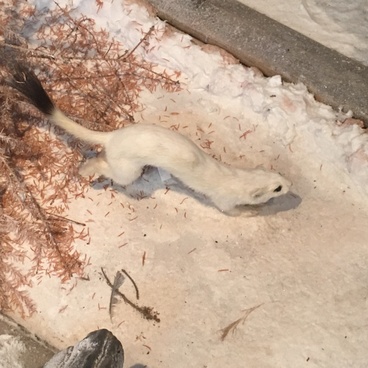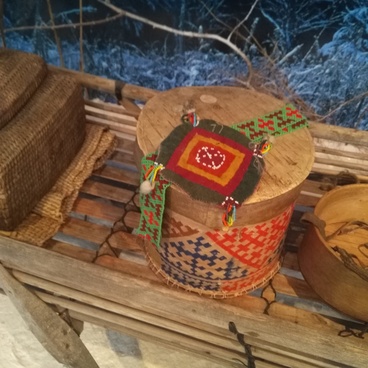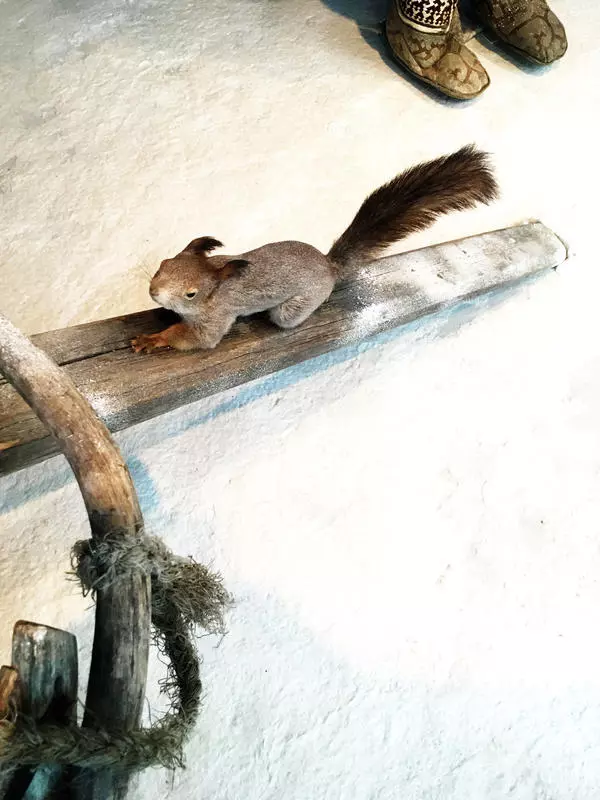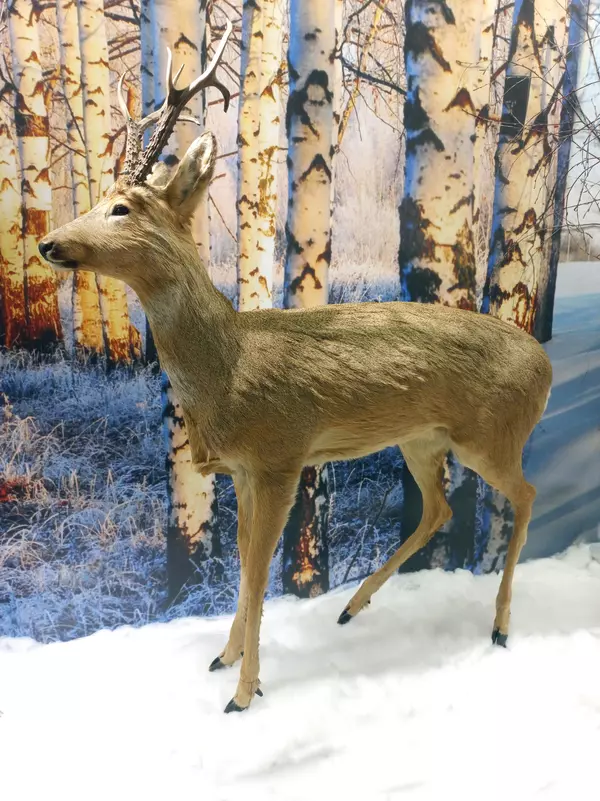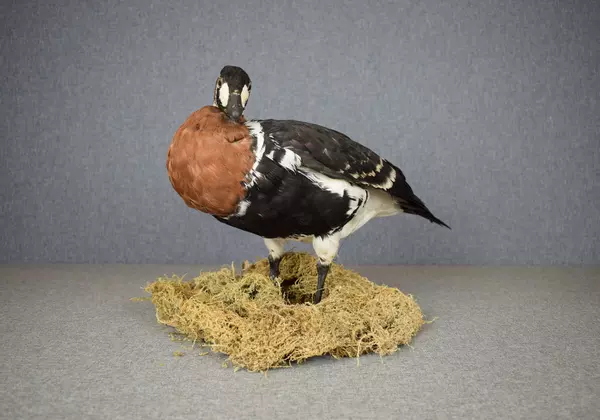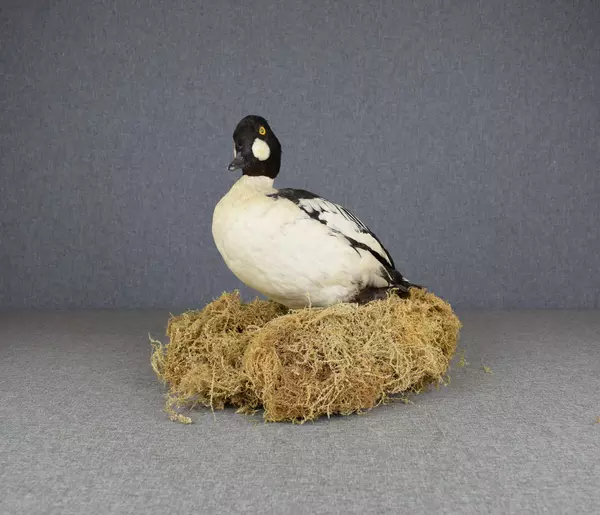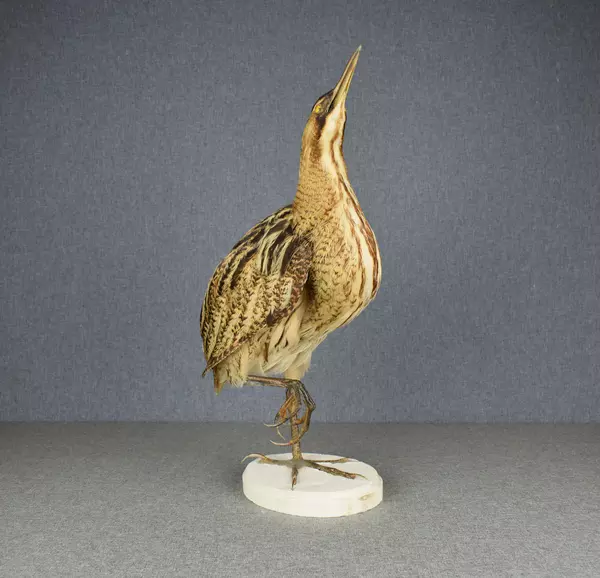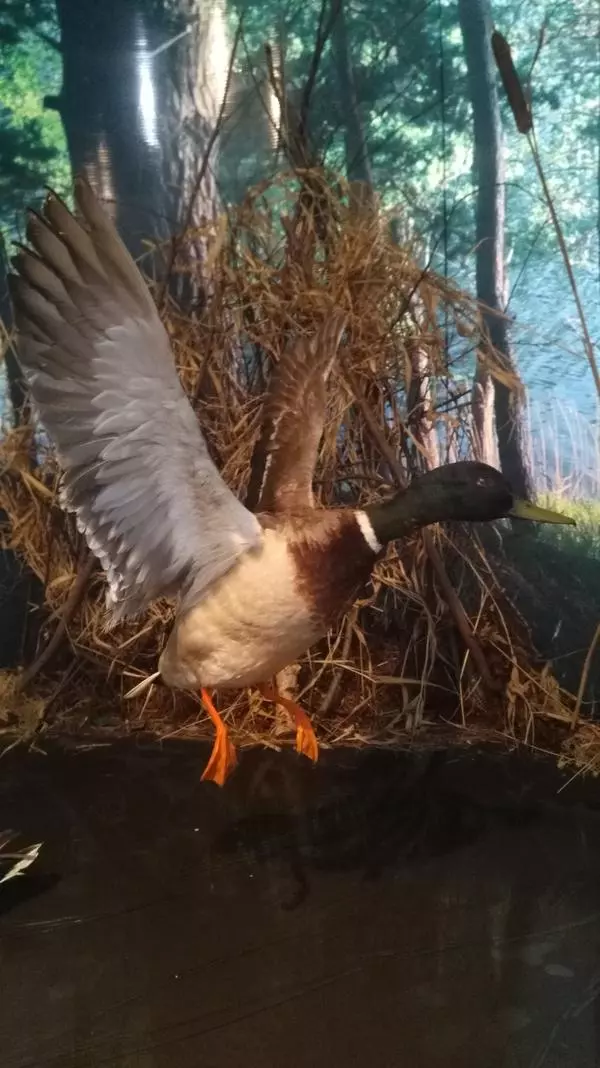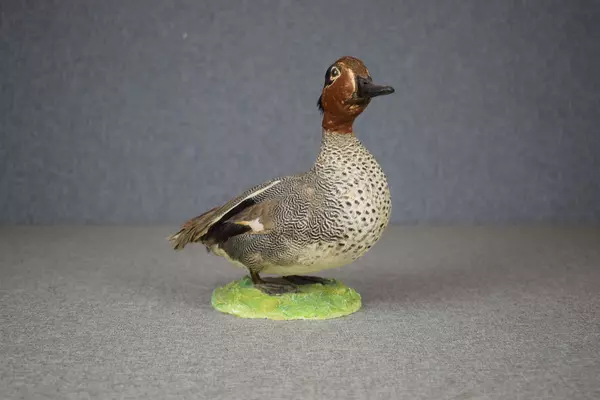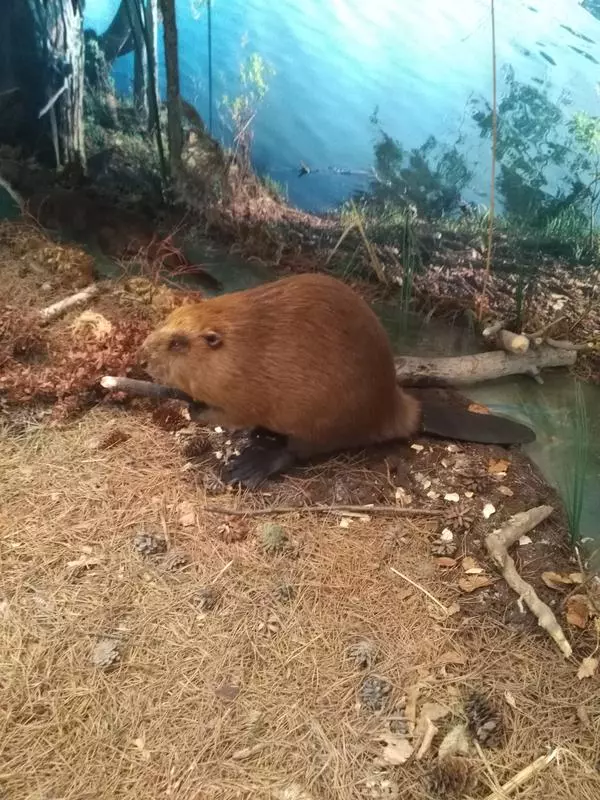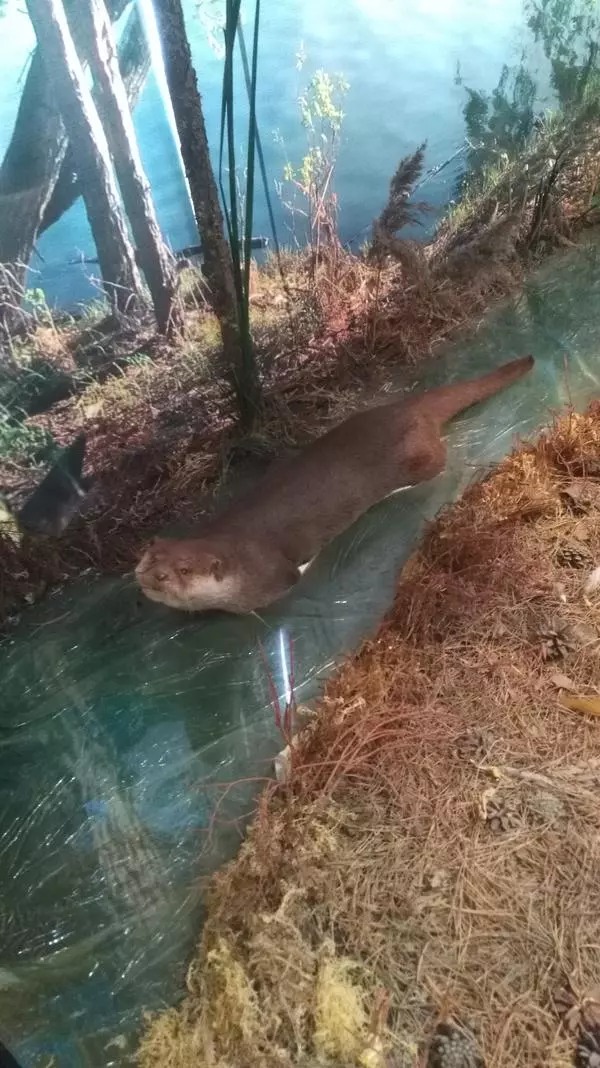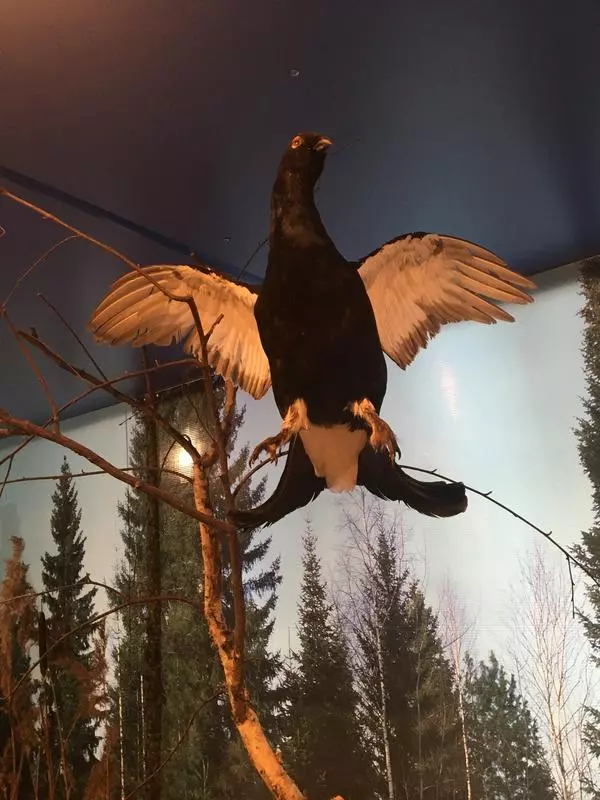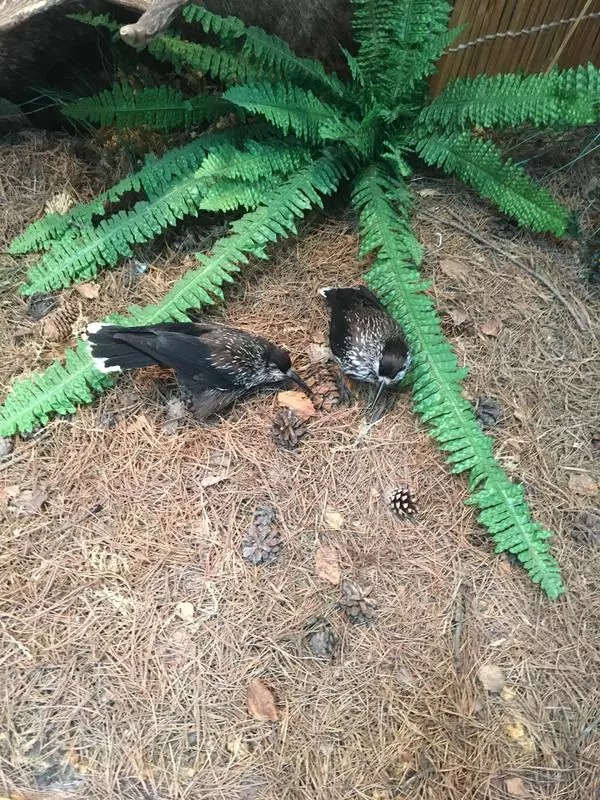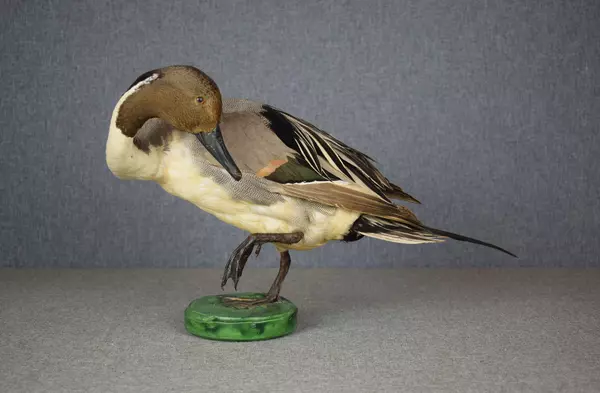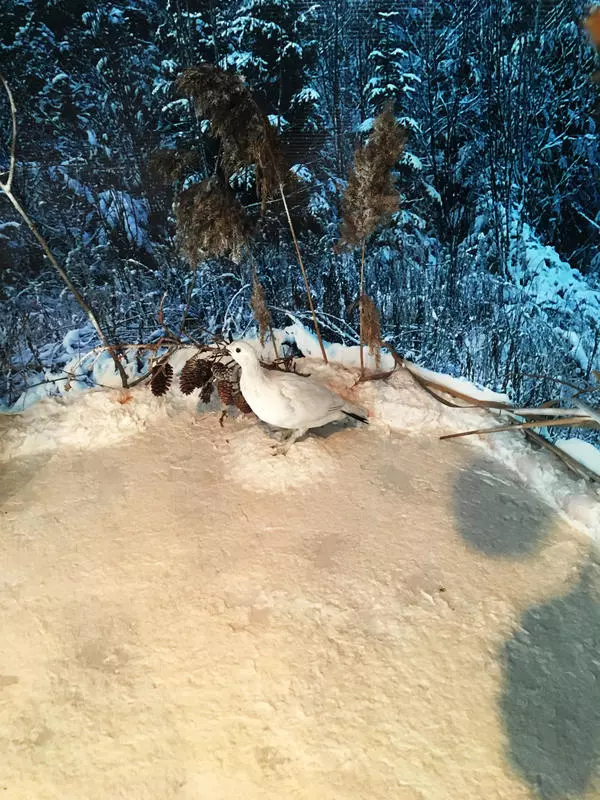The arctic hare is one of the most common animals in Western Siberia. The animal got its name from the white color of its fur in winter. In a show field, it can be only betrayed by its dark eyes, nose and ear tips. In summertime, the hare’s fur turns ginger-grey, which also provides a decent camouflage on a terrain.
Artic hares may be considered non-migratory animals, generally they do not roam across huge regions. Only lack of food in wintertime may force them to leave the settled area. It is often the case when a blizzard covered low grass and bushes, on which hares freed, which thick layer of snow. The hare’s soles are covered with thick brushy hair, which makes it easy for the animal to run even in a soft snow.
The hare usually lives in the bushy covered areas, within the burnt forest area and in the forests featuring dense birch and aspen groves. It is mostly active during predawn and twilight hours. Its feeding time ordinarily starts on sunset and ends before dawn, but in summer the night hours are too short so the hares feed into the morning. If it thaws, snows or rains the arctic hare may even choose to stay inside rather than go out feeding.
In general, the hare spends the day hours in a secluded spot where it simply flattens the grass. A bed’s location is chosen depending on a season and weather. For instance, when it is thawing a hare often lays down in grass quite out in the open sometimes even inside a ploughed furrow. If not disturbed, the hare may use the same bed more than once but normally it changes them on a daily basis. In wintertime when mercury drops well below zero the animal digs a snow hole — it may be rather large, up to a meter and a half in diameter. It often spends the entire day in a shelter and leaves it only in case of danger.
In spring and summer hares feed on green parts of vegetation, and such parts vary depending on the region. The animal’s preferences include clover, dandelions, yarrow and cereals, which are readily available for hares in the fields. Polar hares feed profusely on the blueberry’s sprouts and berries. If need be, hares can also eat horsetails and mushrooms they dug out from under the ground. In the fall as the grass dries out, hares start feeding on small twigs. In wintertime, hares switch to sprouts and bark of various trees and bushes.
Artic hares may be considered non-migratory animals, generally they do not roam across huge regions. Only lack of food in wintertime may force them to leave the settled area. It is often the case when a blizzard covered low grass and bushes, on which hares freed, which thick layer of snow. The hare’s soles are covered with thick brushy hair, which makes it easy for the animal to run even in a soft snow.
The hare usually lives in the bushy covered areas, within the burnt forest area and in the forests featuring dense birch and aspen groves. It is mostly active during predawn and twilight hours. Its feeding time ordinarily starts on sunset and ends before dawn, but in summer the night hours are too short so the hares feed into the morning. If it thaws, snows or rains the arctic hare may even choose to stay inside rather than go out feeding.
In general, the hare spends the day hours in a secluded spot where it simply flattens the grass. A bed’s location is chosen depending on a season and weather. For instance, when it is thawing a hare often lays down in grass quite out in the open sometimes even inside a ploughed furrow. If not disturbed, the hare may use the same bed more than once but normally it changes them on a daily basis. In wintertime when mercury drops well below zero the animal digs a snow hole — it may be rather large, up to a meter and a half in diameter. It often spends the entire day in a shelter and leaves it only in case of danger.
In spring and summer hares feed on green parts of vegetation, and such parts vary depending on the region. The animal’s preferences include clover, dandelions, yarrow and cereals, which are readily available for hares in the fields. Polar hares feed profusely on the blueberry’s sprouts and berries. If need be, hares can also eat horsetails and mushrooms they dug out from under the ground. In the fall as the grass dries out, hares start feeding on small twigs. In wintertime, hares switch to sprouts and bark of various trees and bushes.
